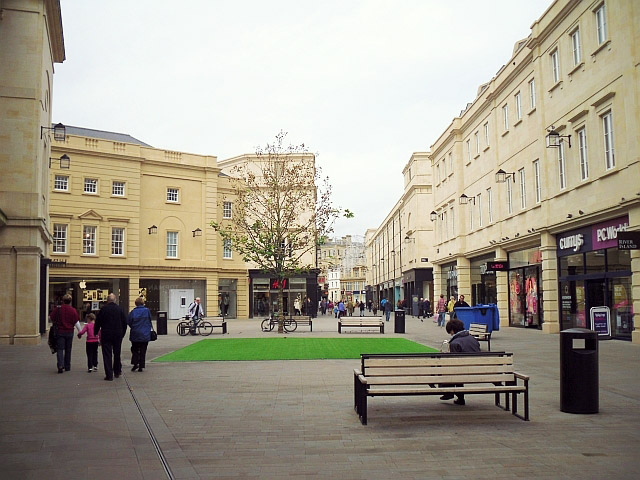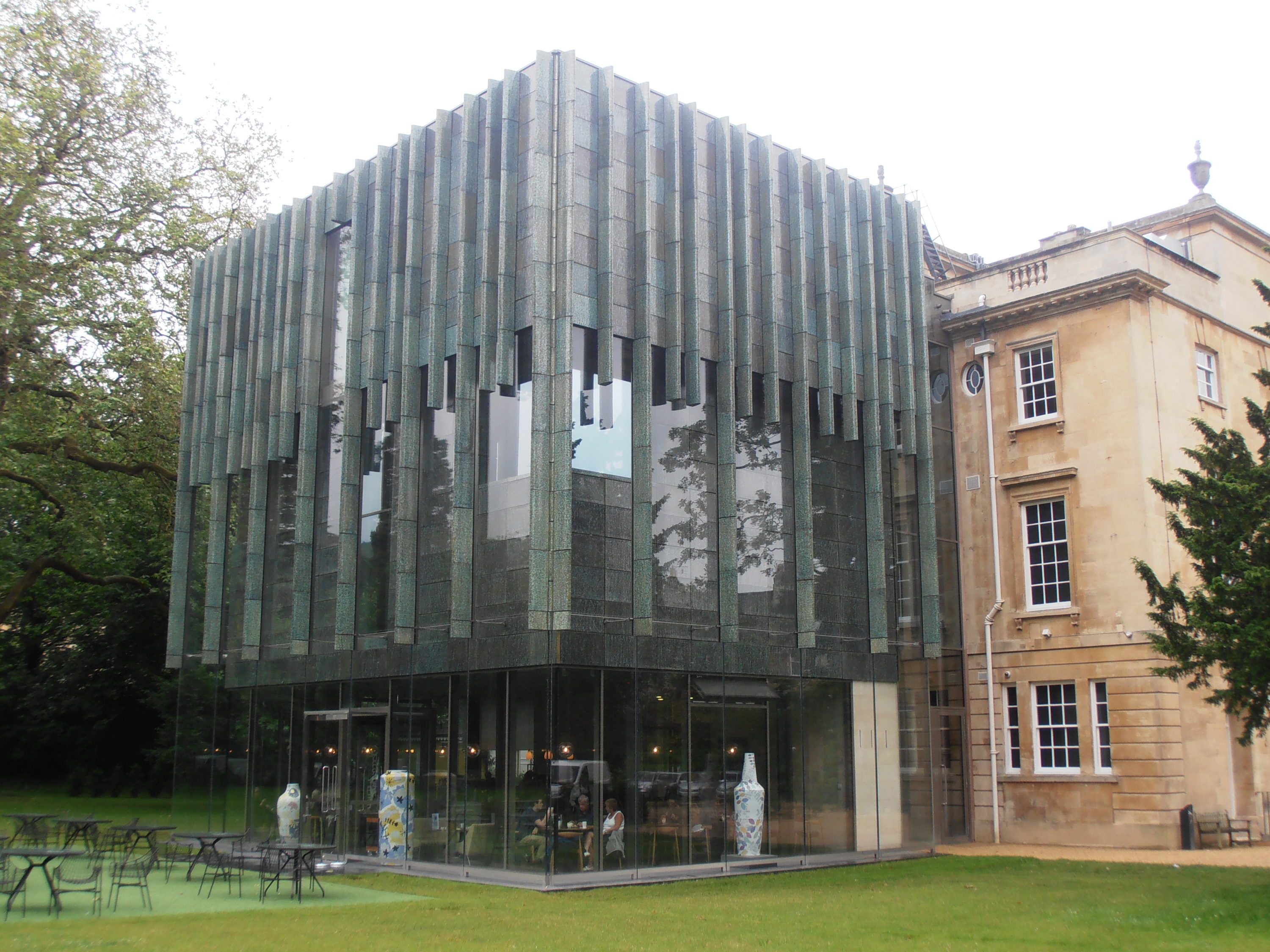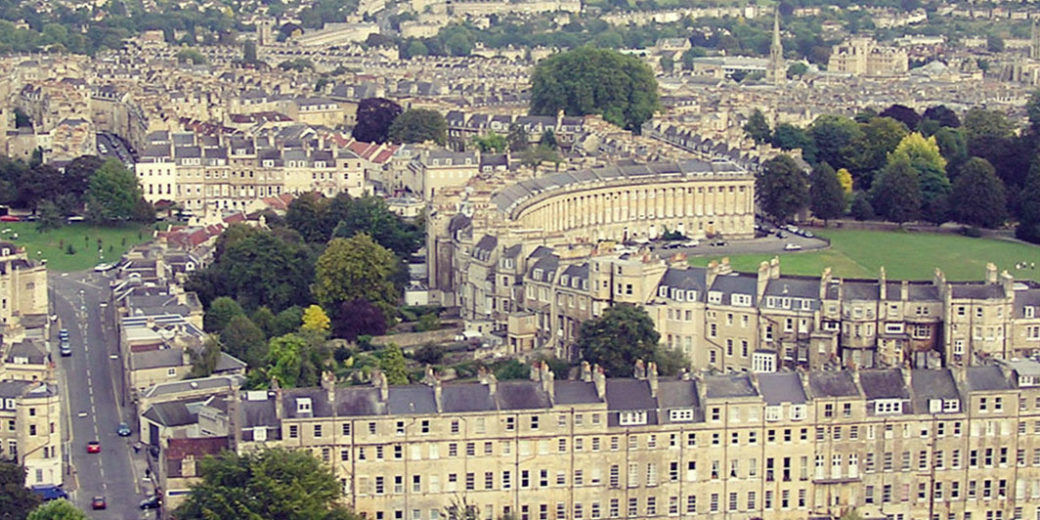‘But is it in keeping?’
Ask any architect – their most hated phrase is probably ‘in keeping’. Two horrid little words customarily trotted out as a reaction to anything new. It implies, why spoil what is here with THAT? To the designer it is an illogical rejection, inferring that whatever has gone before has reached such a zenith of design and social engineering that nothing in our wildest imaginations could hope to improve the local environment other than more of exactly the bloody same.
If we tell a child that each drawing must be ‘in keeping’ with their last then they’ll never progress beyond scribbles and stick men. Unfortunately, too many buildings around us are just scribbles and stick men. To create designs ‘in keeping’ with these buildings only perpetuates their mediocrity. When architects use their long training to reject this mediocrity with a new design response it leads to accusations of arrogance. In the medical profession, the arrogance of a surgeon to cut open a human body to operate is called skill. Perhaps there is a misunderstanding of what architects do, and ultimately why they do it?
Try to turn the phrase around. What is it, precisely, about this street, area or site that makes it special? What is it about the local style that tells a story about its place, its history, its people and culture? What is it about the construction of its buildings that anchors them to the stone from which they have been hewn or to the clay from which their bricks have been fired? Good designers ask these questions to find a forward thinking solution, reinforcing local character and seeking betterment. ‘In keeping’ is such a blunt tool. We prefer the terms ‘appropriate’ or ‘complementary’ design, suggesting a higher level of analysis.
Bath is a special case. Not only does it contain fine individual buildings but it is a city with a coherent design thread. Its World Heritage status reflects this ‘group value’, making the whole greater than the sum of its parts. Not every building is itself a classic, but each helps to form the backdrop to the set-piece architecture of crescents, churches, civic buildings and the public open spaces between. New developments tend to draw out the ‘in keeping’ crowd who argue that this backdrop cannot change, or the whole will be systematically eroded. Many precedents can demonstrate that placing a great (but respectful) new building next to a great old building means they bring out the very best in each other.
The only other way is pastiche. Bath’s New Southgate shows us that Georgian proportions cannot successfully fake modern necessities like lift shafts, lorry loading bays, car park ramps and double-height commercial retail space. You can’t design a Georgian bus station. Try walking in shoes that don’t fit – you end up looking ridiculous.

Perhaps ‘in keeping’ is about the fear of change? Many notable architectural icons have been ridiculed before being loved and respected: St Paul’s Cathedral, Sydney Opera House and even Bath’s Holburne extension. Perhaps the fiercest objectors to that highly convincing modern design now regularly meet there for an overpriced latte? It’s not ‘in keeping’ at all, but the form, light, materials, proportions and views are so very appropriate.

If you like what we do and would like to receive our updates, you can sign up to our newsletter HERE

